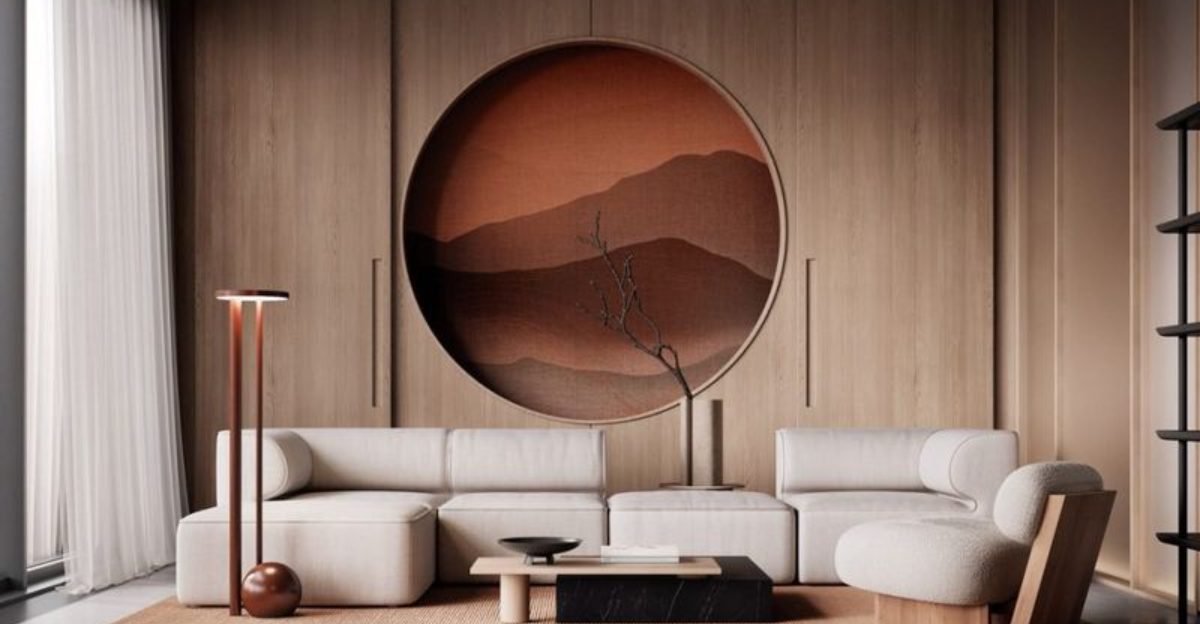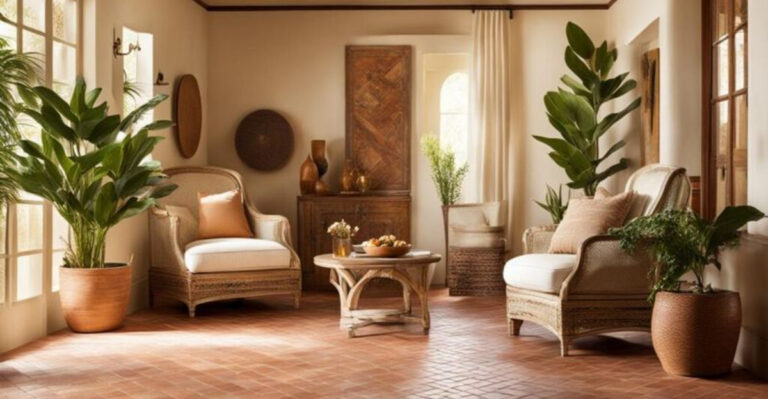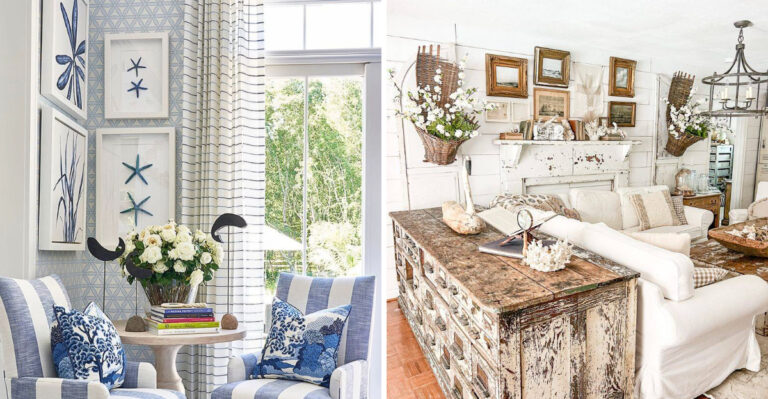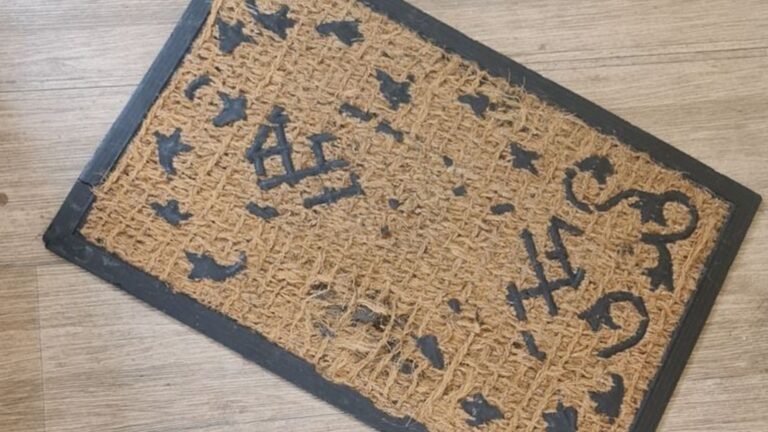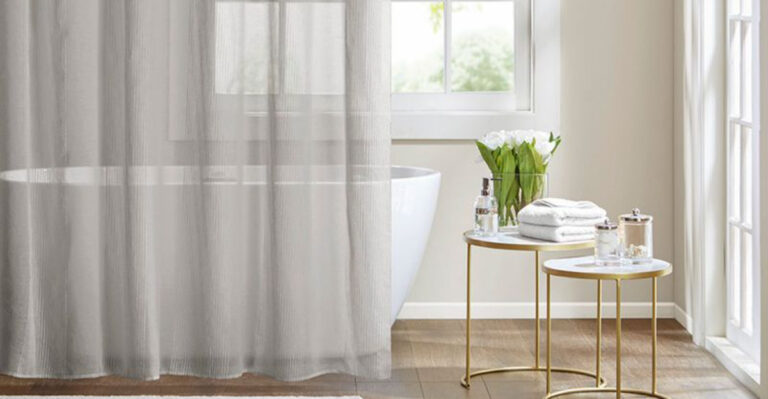10 Interior Design Trends That Will Be Everywhere In 2025 (Plus 10 That Will Be Left Out)
Home design is always shifting, and I love seeing how each new year brings fresh ideas that reflect how we actually live. As we head into 2025, some trends are stepping into the spotlight while others are quietly fading out, and honestly, I’m here for it.
Whether you’re thinking about redoing an entire room or just swapping out a few pieces, staying in the loop can make all the difference.
I’ve been keeping a close eye on what’s trending and what’s on its way out, and I’m excited to share what’s shaping the look and feel of our homes this year.
1. Biophilic Design Elements

Nature-inspired interiors will dominate 2025, bringing the outdoors inside like never before. Living walls covered in real plants, natural stone features, and furniture made from sustainable materials will create spaces that help us feel connected to nature.
Homeowners increasingly seek this connection as urban living continues to expand. Beyond just houseplants, expect to see water features, nature-inspired patterns, and materials with minimal processing.
2. Smart Home Integration
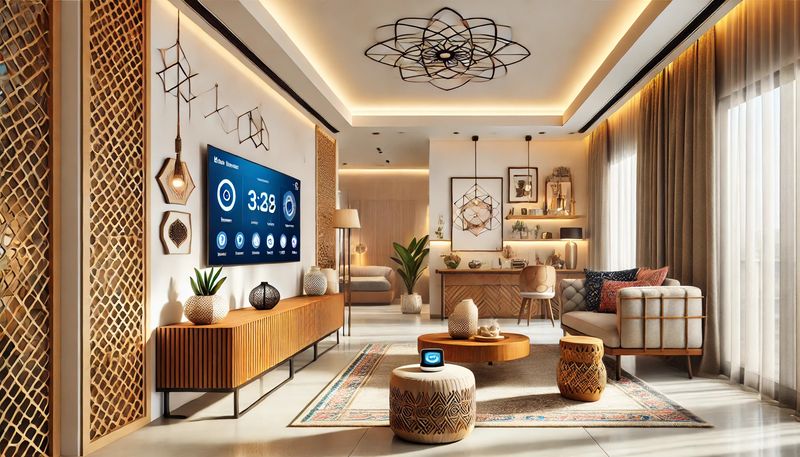
Your walls will actually listen to you in 2025! Smart home technology is moving beyond simple voice assistants to fully integrated systems that disappear into your décor.
Think temperature-regulating windows, furniture with built-in charging stations, and lighting systems that adjust automatically to your mood and activities.
Gone are the days of obvious tech gadgets cluttering your space. Everything from mirrors to kitchen counters will serve double-duty as control centers for your home.
3. Multifunctional Spaces

Goodbye, single-purpose rooms! As homes adapt to our flexible lifestyles, spaces that transform to serve multiple functions will be everywhere in 2025.
Murphy beds that convert living rooms to bedrooms and dining tables that become desks represent just the beginning. Furniture manufacturers are creating innovative pieces that fold, expand, or hide away.
Even kitchens are getting the multifunctional treatment with islands that convert to dining tables or workspace with the push of a button.
4. Curved And Organic Forms
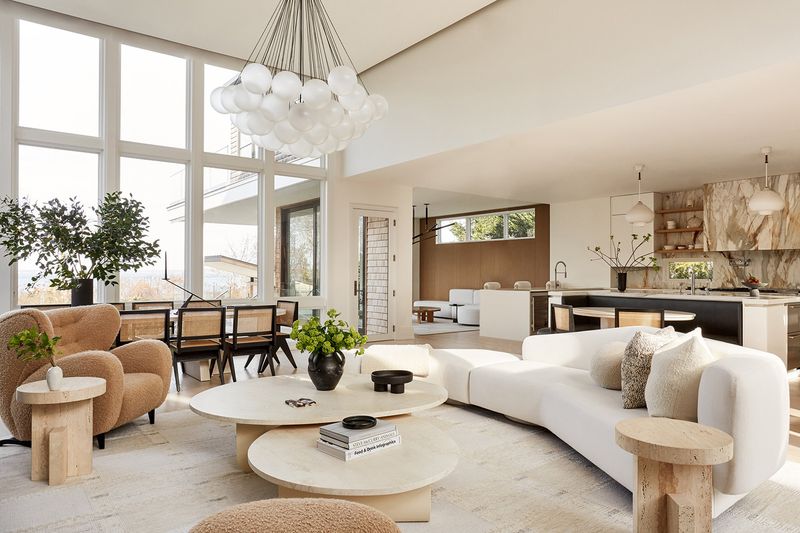
Sharp angles and straight lines are stepping aside for curves and organic shapes in 2025. Rounded sofas, curved walls, and free-form furniture pieces create spaces that feel comforting and natural rather than rigid and formal.
This trend reflects our desire for softer, more nurturing environments. Arched doorways are making a comeback, while circular and oval mirrors replace rectangular ones.
Even kitchen islands are getting the curve treatment, with kidney and amoeba shapes replacing traditional rectangles.
5. Sustainable Materials
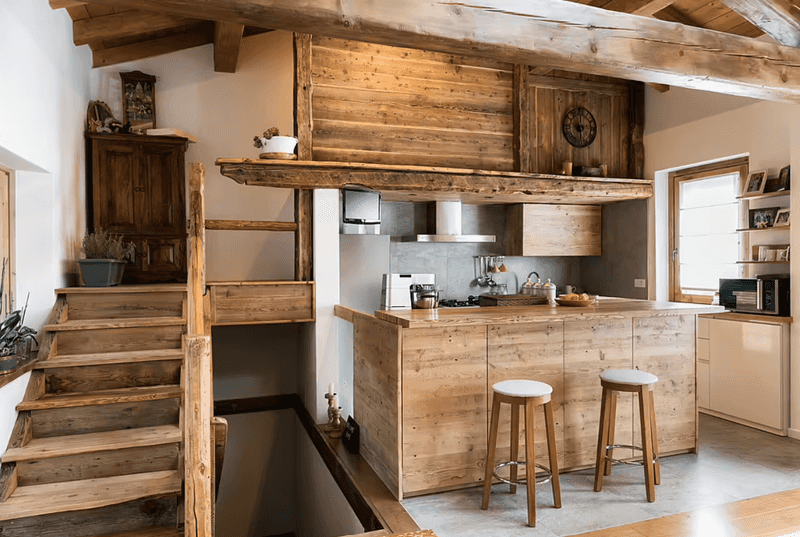
Eco-friendly isn’t just a buzzword in 2025—it’s a design requirement. Reclaimed wood, recycled metal, and innovative materials made from waste products like plastic bottles and agricultural byproducts will dominate interior spaces.
Consumers increasingly demand transparency about where materials come from and how they’re produced. Bamboo, cork, and mycelium (mushroom-based) products offer sustainable alternatives to traditional materials.
Even luxury spaces will showcase their environmental credentials through thoughtfully sourced materials.
6. Bold Maximalism

Minimalism is taking a backseat as bold, expressive maximalism claims the spotlight in 2025. More is more: layered patterns, mixed textures, and collections proudly displayed rather than hidden away create richly personal spaces.
Color clashing becomes intentional, with complementary hues placed side by side for dramatic effect. Gallery walls expand to cover entire rooms, not just a single wall.
Furniture pieces make statements with unexpected shapes and vibrant upholstery that reflects the owner’s personality.
7. Japandi Evolution

Japandi style—the fusion of Japanese and Scandinavian design, evolves in 2025 with a focus on craftsmanship and natural materials. This refined aesthetic pairs minimalist shapes with organic textures for spaces that feel both serene and warm.
Natural wood with visible grain, handmade ceramics, and textiles with subtle patterns create layers of interest without clutter.
The color palette expands beyond neutrals to include muted versions of indigo, moss green, and terracotta. Imperfection is celebrated through wabi-sabi principles.
8. Statement Ceilings
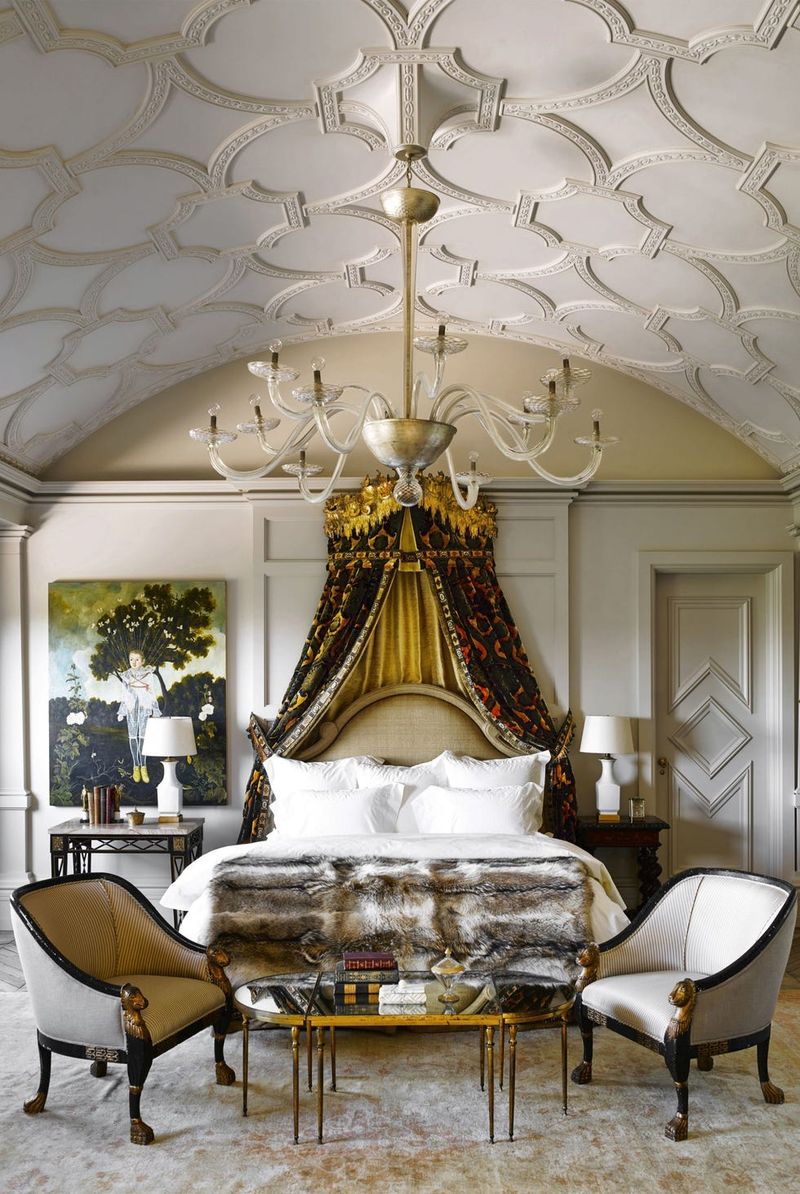
Look up! The ceiling emerges as the new feature wall in 2025, with designers treating this often-neglected surface as a canvas for creativity.
Bold paint colors, wallpaper, wooden beams, and even three-dimensional installations transform ceilings into conversation pieces. Lighting fixtures become architectural elements rather than mere utilities.
Some homeowners opt for painted murals or applied moldings to add character overhead. This trend works especially well in rooms with high ceilings but can add interest to standard-height spaces too.
9. Warm Minimalism
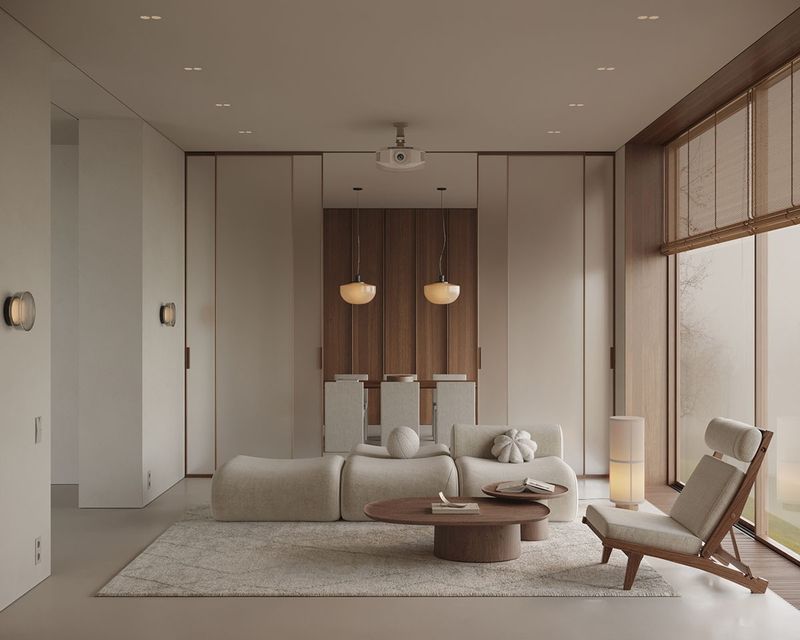
Cold, stark minimalism gets a cozy makeover in 2025. Warm minimalism maintains clean lines and clutter-free spaces but incorporates natural materials, textural elements, and earthy colors to create inviting environments.
Think creamy whites instead of stark whites, natural wood instead of glossy surfaces, and handmade objects that tell stories.
Soft curves replace hard angles while still maintaining simplicity. This approach offers the mental clarity of minimalism without sacrificing comfort and personality.
10. Vintage Revival
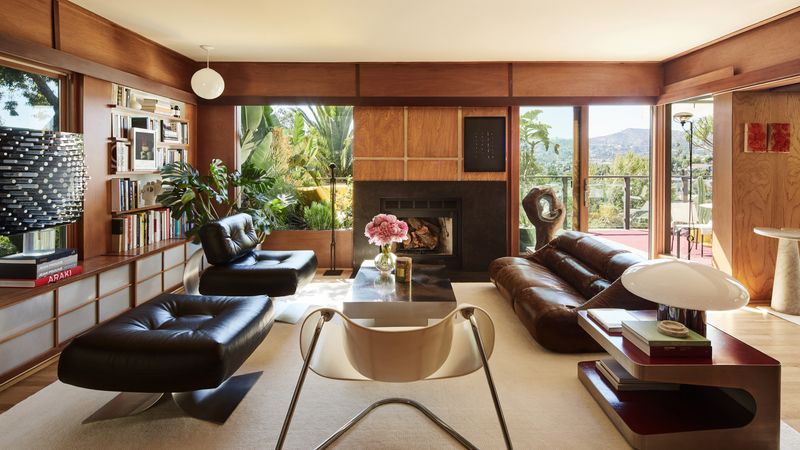
Everything old becomes new again as vintage pieces take center stage in 2025 interiors. Beyond mid-century modern, which has dominated for years, we’re seeing renewed interest in Art Deco, 1970s styles, and even Victorian elements reinterpreted for modern spaces.
Antique furniture pieces serve as focal points in otherwise contemporary rooms. Vintage textiles like tapestries and quilts add history and character to walls and beds.
This trend reflects growing interest in sustainability and the unique stories behind pre-loved items.
11. Fast Furniture
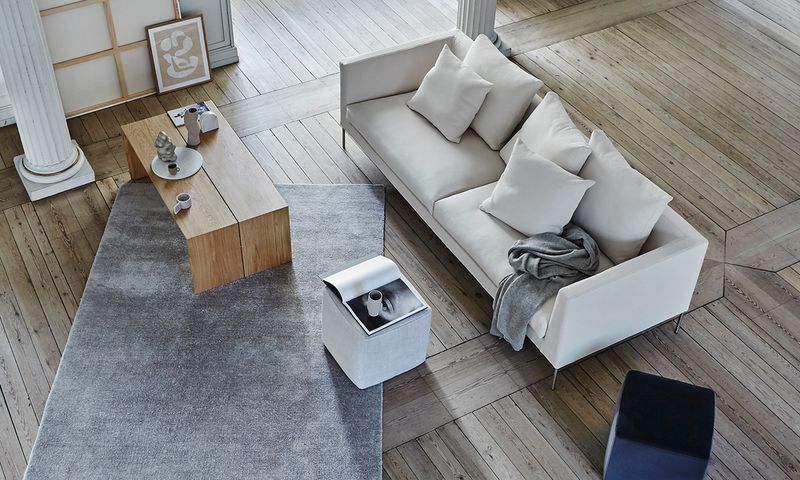
Cheaply made, disposable furniture is falling out of favor as consumers recognize its environmental impact. Those particle board bookcases and flimsy tables that need replacing every few years are becoming social faux pas in design-conscious homes.
People are investing in quality pieces that last longer, even if it means buying fewer items. Rental furniture services offer alternatives for those who still want variety.
The era of “fast furniture” mirrors the backlash against fast fashion, with similar concerns about sustainability and ethics.
12. All-White Kitchens

The pristine all-white kitchen that dominated the 2010s and early 2020s is finally fading away. Homeowners are embracing color and warmth instead, with wood tones, painted cabinets in greens and blues, and mixed materials creating more personality.
White marble countertops are being replaced by quartzite, soapstone, or engineered materials with bolder veining and color variations.
Even appliances are moving beyond stainless steel to colored enamel or panel-ready options that blend with cabinetry. This shift reflects a desire for kitchens that feel lived-in rather than laboratory-like.
13. Gray Everything
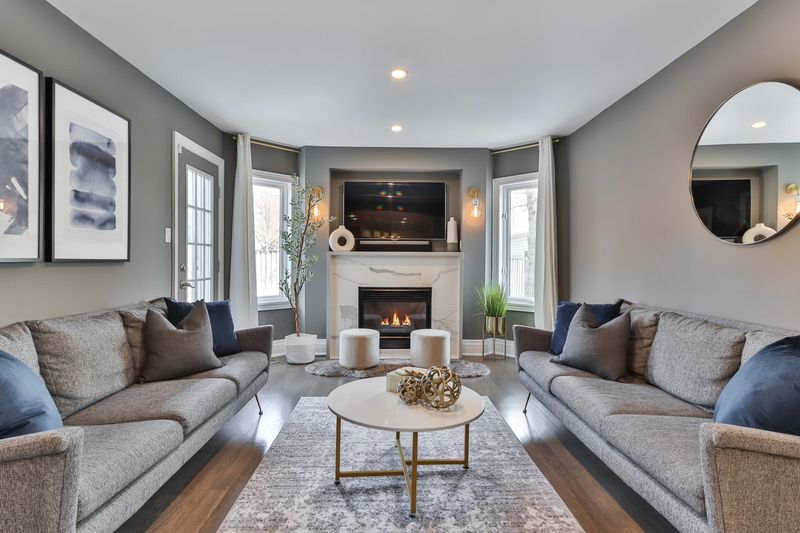
Gray’s decade-long reign as the neutral of choice is coming to an end. Those gray walls, gray floors, gray furniture, and gray kitchens that seemed so fresh and modern a few years ago now read as dated and cold.
Warmer neutrals like beige, taupe, and warm whites are taking their place. When gray does appear, it’s usually warmer versions with brown or green undertones rather than the cool blue-grays that dominated the 2010s.
Many homeowners are repainting their gray walls with creamier alternatives.
14. Open Concept Everything
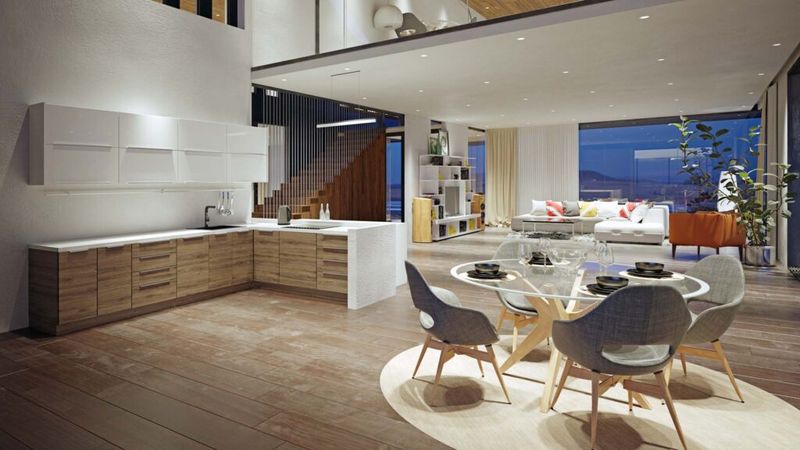
The completely open floor plan is losing appeal as people rediscover the value of defined spaces. After years of knocking down walls, homeowners are finding ways to create separation without completely closing off rooms.
Partial walls, sliding doors, different flooring materials, and level changes help delineate spaces while maintaining flow.
The pandemic highlighted the need for privacy and acoustic separation, especially with more people working from home. Kitchens that open to living areas remain popular, but complete open-concept homes are declining.
15. Accent Walls

The single accent wall—that lone splash of bold color or wallpaper—is fading fast. Designers are either going all-in with color and pattern on all walls or choosing more subtle, cohesive approaches to creating interest.
When wallpaper is used, it often covers entire rooms rather than just one wall. Painted feature walls are being replaced by architectural details like paneling, applied molding, or textural elements.
This shift reflects a more sophisticated approach to color and pattern that treats rooms as complete compositions rather than collections of individual walls.
16. Word Art And Signs
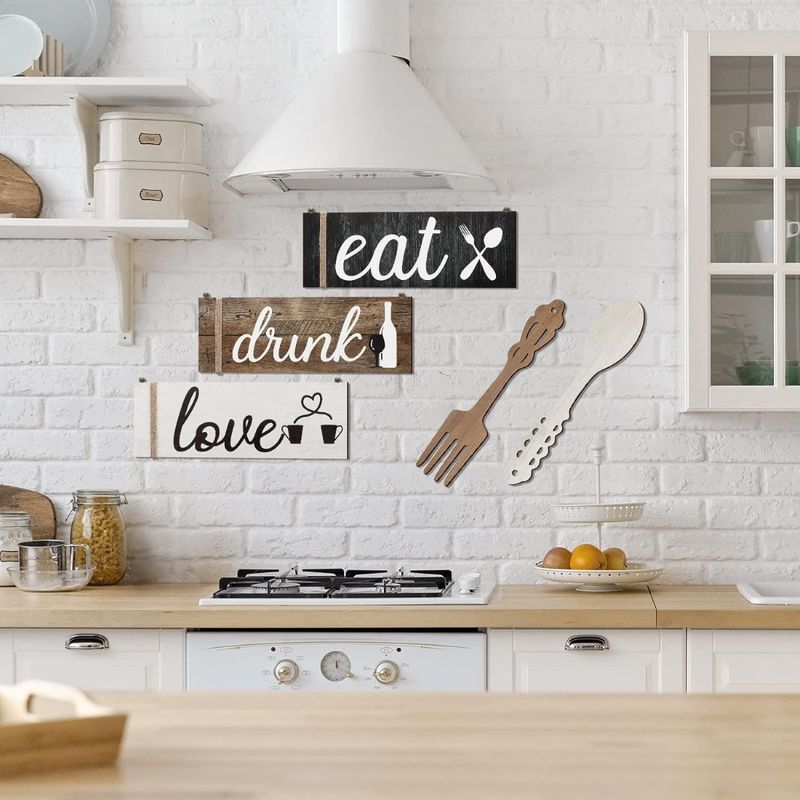
Those “Live, Laugh, Love” signs and word art that dominated home décor for years are officially on their way out. Generic inspirational phrases and farmhouse-style typography signs are being replaced by more personal forms of expression.
Homeowners are choosing actual artwork, photographs, or meaningful objects that tell their unique stories. When text appears in homes, it’s more likely to be in the form of framed vintage documents, maps, or truly personal messages.
This trend reflects a move toward authenticity over mass-produced sentiment.
17. Matching Furniture Sets

Buying the entire bedroom or living room set from the same collection is a design approach that’s rapidly falling out of favor. These perfectly matched pieces often make spaces feel like furniture showrooms rather than personal homes.
Instead, designers and homeowners are embracing thoughtfully curated collections of furniture from different sources, styles, and eras. This mix-and-match approach creates more character and tells a more interesting story.
Even retailers are responding by styling displays with complementary rather than identical pieces.
18. Industrial Style
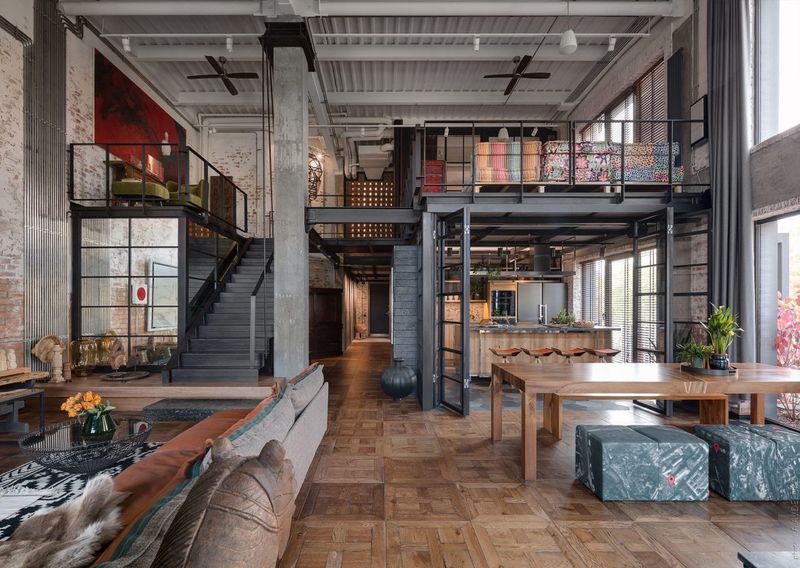
The raw industrial look—exposed brick, pipes, Edison bulbs, and metal furniture—is waning after years of popularity in urban lofts and coffee shops. Its harsh, masculine energy is being replaced by softer, more refined aesthetics.
While some industrial elements may remain as accents, the full-on factory look feels increasingly dated. Even converted industrial spaces are being softened with textiles, plants, and warmer materials.
The bare Edison bulb, in particular, has become a symbol of the 2010s that signals “outdated” in 2025 interiors.
19. Shiplap Everywhere
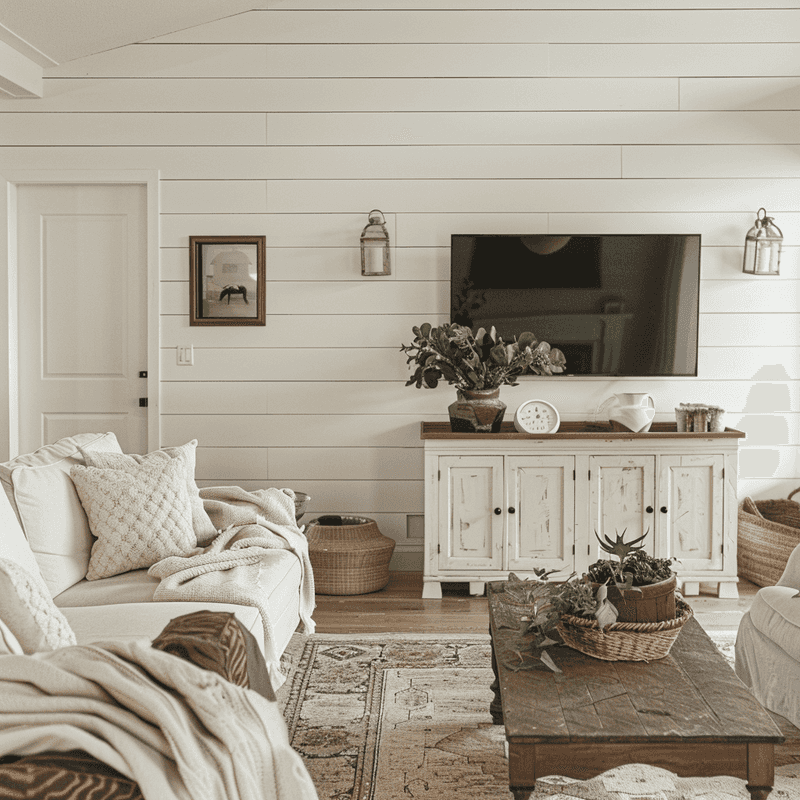
Once the darling of farmhouse style, shiplap has reached peak saturation and is now on the decline. Those horizontal wooden boards that covered walls, ceilings, and even furniture are being removed or painted over in many homes.
When wood paneling does appear in 2025 interiors, it’s more likely to be vertical board and batten, decorative millwork, or reclaimed wood with character and history.
The clean, white-painted shiplap popularized by renovation shows has become a time-stamp of 2010s design. Regional exceptions exist where it makes architectural sense.
20. Fast Trend Chasing

Ironically, one of the biggest trends being left behind in 2025 is the habit of frantically chasing every new trend! Consumers are growing weary of the constant pressure to update their homes based on what’s “in” this season.
Instead, there’s a growing emphasis on timeless design, personal meaning, and sustainability. People are asking themselves whether they truly love an item or are just buying it because it’s trendy.
This shift represents a more mindful approach to home design focused on longevity rather than Instagram-worthiness.

